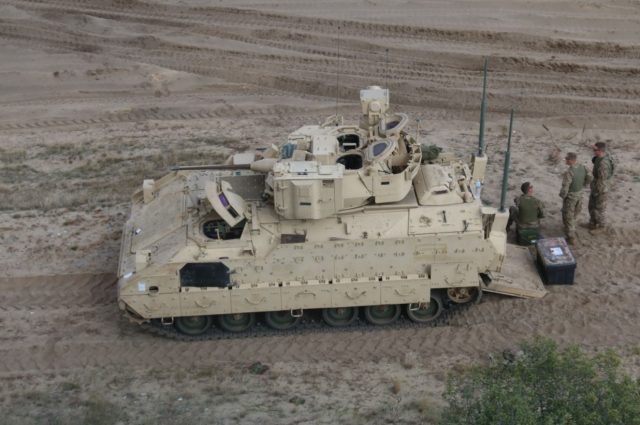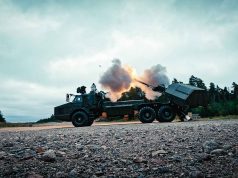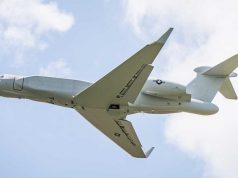
The US Army has selected five competitors that will proceed to the second stage of the concept design phase of its Optionally Manned Fighting Vehicle (OMFV) program.
The selected teams are led by Point Blank Enterprises, Oshkosh Defense, BAE Systems Land and Armaments, General Dynamics Land Systems, and American Rheinmetall Vehicles.
The total award value for all five contracts is approximately $299.4 million. The service selected the vendors after previously being forced to cancel and redraw its approach to finding a successor for the M-2 Bradley IFV.
The new approach allows companies to offer ideas and concept solutions for a problem described by the army, and not respond to a set of pre-defined requirements.
During this phase of the program, industry will develop digital designs while requirements mature; prototypes will be required in the following phase.
Point Blank Enterprises is working with Keshik Mobile Power Systems to offer what it says will be an innovative design with a modular and technology-agnostic open systems approach for power, information, and physical architectures.
BAE Systems has teamed up with Elbit Systems of America to explore crew automation, active protection, and other transformational combat vehicle technologies and turret solutions for the program.
American Rheinmetall Vehicles has joined forces with Textron Systems and L3Harris to submit an OMFV proposal based on its Lynx IFV.
General Dynamics Land Systems will offer a vehicle based on the Next Gen Bradley, while Oshkosh Defense will work with South Korea’s Hanwha Defense on proposing a design based on the latter’s Redback IFV.
“The concept design phase reflects the Army’s effort to structure a program which incentivizes industry innovation and provides the analytical underpinnings for the development of an abbreviated capability development document,” said Brig. Gen. Glenn Dean, program executive officer for Ground Combat Systems.
The initial digital design will inform the first formal OMFV requirements document, known as the A-CDD, which will be published in the first quarter of fiscal year 2022.
“This process allows the Army to make future decisions on the design without overly constricting vendor efforts to innovate,” said Dean.
The overarching five-phase strategy for the OMFV program remains unchanged – the army said it remains focused on encouraging innovation, maximizing competition throughout the entire program, and producing a transformational infantry fighting vehicle.
“The OMFV will bring a transformative change to the battlefield, providing new technology and new capabilities to our formations,” said Maj. Gen. Ross Coffman, director of the Next Generation Combat Vehicles Cross Functional Team. “Once these designs are completed, our soldiers will engage with the designs and will provide feedback and input to ensure we are providing the equipment they need to defend our great nation.”
Following the concept design phase, the Army intends to have a another full and open competition for the detailed design phase (phase III), with the intent to award up to three contracts in the second quarter of fiscal year 2023.
The detailed design phase awardees will transition into phase IV of the program to build and test actual prototypes. The Army intends to downselect to one vendor at Milestone C (for low rate initial production) near the end of fiscal year 2027.
The Army’s OMFV is an optionally manned platform that maneuvers soldiers to a point of positional advantage to engage in close combat and deliver decisive lethality during the execution of combined arms maneuver. It is designed to operate with or without a crew and soldiers under armor based on the commander’s decision, while also controlling maneuver robotics and semi-autonomous systems.


























